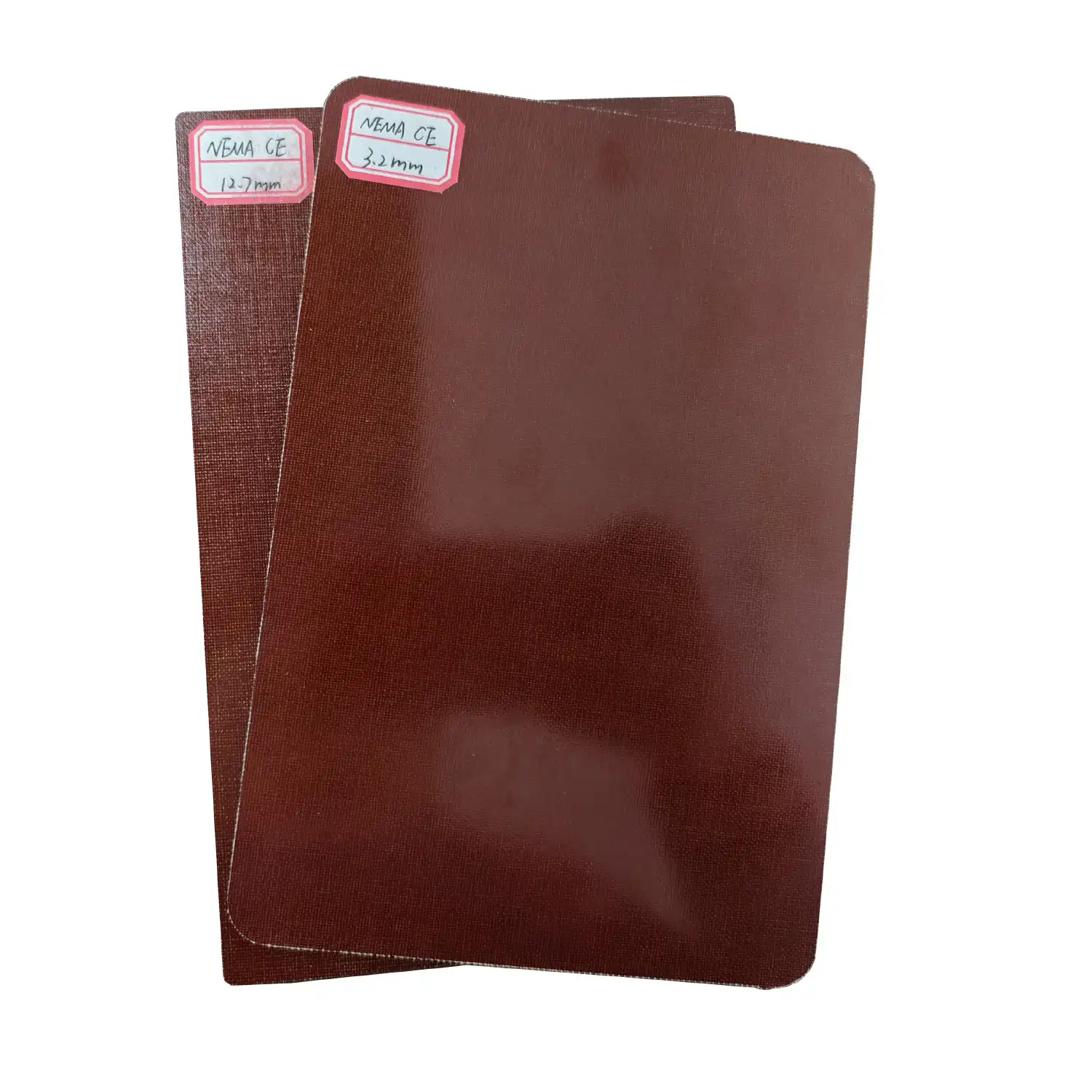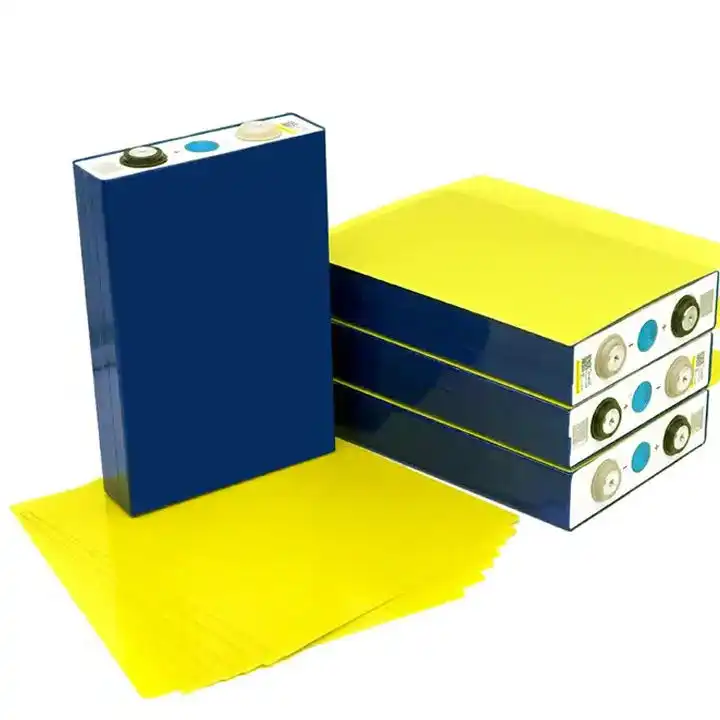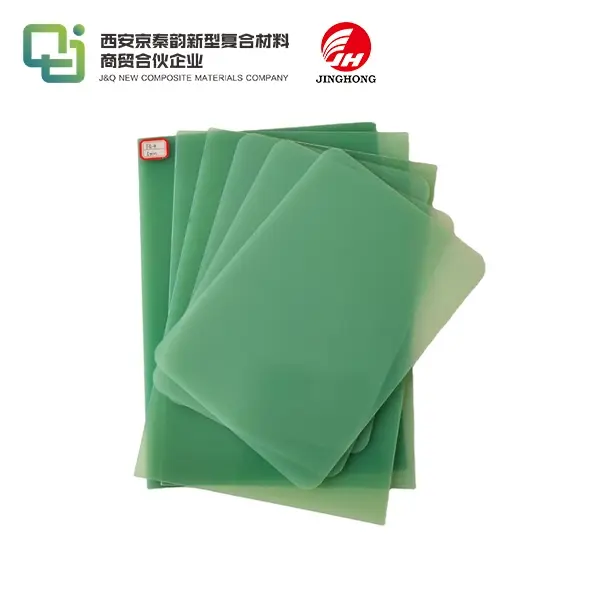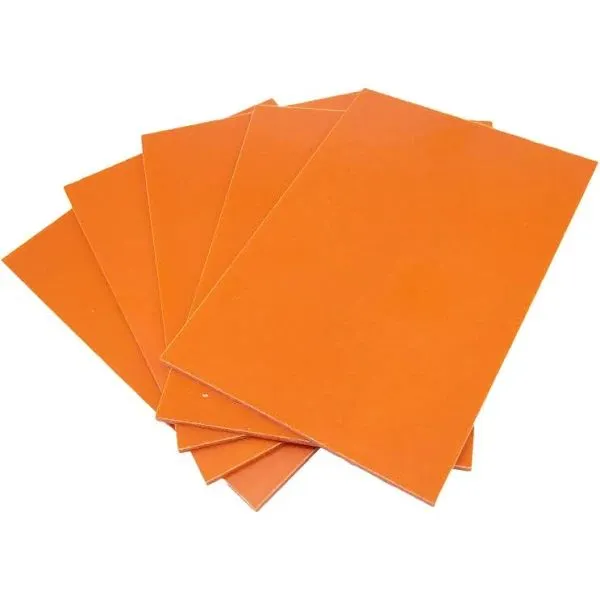What is the fire rating and flame retardant rating of 3240 epoxy sheet?
2025-02-07 15:52:32
The fire rating and flame retardant rating of 3240 epoxy sheet are crucial aspects of its performance in high-temperature and fire-prone environments. This material exhibits exceptional fire resistance properties, typically achieving a UL 94 V-0 rating, which indicates the highest level of flame retardancy for plastics. The 3240 epoxy sheet also boasts a self-extinguishing characteristic, meaning it will cease burning once the ignition source is removed. Its thermal index often exceeds 180°C, showcasing its ability to maintain structural integrity and electrical insulation properties at elevated temperatures. These attributes make 3240 epoxy sheet a preferred choice for applications requiring robust fire safety measures.
Understanding Fire Ratings and Flame Retardant Properties of 3240 Epoxy Sheet
The Science Behind Fire Ratings
Fire ratings for materials like 3240 epoxy sheet are determined through rigorous testing procedures. These tests evaluate how the material behaves when exposed to flames, measuring factors such as ignition time, flame spread rate, and smoke generation. The UL 94 standard, developed by Underwriters Laboratories, is widely used to classify the flammability of plastic materials. For 3240 epoxy sheet, achieving a V-0 rating under this standard signifies its superior flame-retardant properties.
Flame Retardant Mechanisms in 3240 Epoxy
The exceptional flame retardant properties of 3240 epoxy sheet stem from its chemical composition and manufacturing process. Flame retardant additives are incorporated into the epoxy matrix during production. These additives work through various mechanisms to impede combustion. Some create a char layer when exposed to heat, effectively insulating the underlying material. Others release flame-inhibiting gases that disrupt the combustion process. The synergistic effect of these mechanisms results in the sheet's impressive fire resistance.
Thermal Index and Its Significance
The thermal index of 3240 epoxy sheet, often exceeding 180°C, is a testament to its high-temperature performance. This index represents the temperature at which the material can maintain its essential properties for an extended period, typically 20,000 hours. Such thermal stability is crucial in applications where consistent electrical and mechanical properties must be maintained under elevated temperature conditions. The high thermal index of 3240 epoxy sheet contributes to its overall fire safety profile by reducing the risk of thermal degradation and subsequent flammability.
Applications Leveraging the Fire-Resistant Properties of 3240 Epoxy Sheet
Electrical and Electronics Industry
In the realm of electrical and electronics, 3240 epoxy sheet finds extensive use due to its fire-resistant qualities. It serves as an excellent insulating material for high-voltage applications, where fire safety is paramount. Circuit boards, switchgear components, and transformer insulation often incorporate this material to enhance overall system safety. The sheet's ability to maintain its insulating properties even at high temperatures makes it invaluable in preventing electrical fires and containing potential ignition sources.
Aerospace and Transportation
The aerospace and transportation sectors leverage the fire-resistant properties of 3240 epoxy sheet to enhance passenger safety. Interior components of aircraft and high-speed trains often utilize this material to meet stringent fire safety regulations. From wall panels to overhead compartments, the sheet's flame retardant characteristics help prevent fire spread in the event of an emergency. Its low smoke generation during combustion is particularly beneficial in these confined spaces, allowing for improved visibility and evacuation procedures.
Industrial Machinery and Equipment
Industrial environments often present fire hazards due to high temperatures, electrical equipment, and flammable materials. 3240 epoxy sheet finds application in various industrial machinery components, providing an added layer of fire protection. It is used in motor insulation, control panel components, and as structural elements in equipment operating in high-temperature environments. The material's ability to self-extinguish and maintain its properties under heat stress contributes to the overall safety and reliability of industrial operations.

Testing and Certification of 3240 Epoxy Sheet's Fire Performance
UL 94 Testing Methodology
The UL 94 test is a cornerstone in evaluating the flame-retardant properties of 3240 epoxy sheet. This test involves exposing material samples to controlled flame sources and observing their behavior. For the V-0 rating, which 3240 epoxy sheet typically achieves, the material must self-extinguish within 10 seconds after two applications of a 10-second flame. Additionally, there should be no dripping of flaming particles that ignite cotton placed beneath the sample. This rigorous testing ensures that the material meets the highest standards of flame retardancy.
Additional Fire Performance Tests
Beyond the UL 94 standard, 3240 epoxy sheet undergoes various other fire performance tests to comprehensively evaluate its behavior under different fire scenarios. These may include tests for smoke density, toxicity of combustion products, and heat release rate. The cone calorimeter test, for instance, provides valuable data on the material's heat release characteristics during combustion. Such extensive testing provides a holistic view of the material's fire performance, enabling manufacturers and end-users to make informed decisions about its application in safety-critical environments.
Compliance with Industry Standards
The fire rating and flame retardant properties of 3240 epoxy sheet are not only tested but also certified to comply with various industry standards. These may include IEC standards for electrical insulation materials, NFPA regulations for building materials, and specific aerospace standards like FAR 25.853. Compliance with these standards often requires ongoing testing and quality control measures to ensure consistent fire performance across production batches. This rigorous adherence to standards underscores the reliability of 3240 epoxy sheet in fire-resistant applications across diverse industries.
Conclusion
The fire rating and flame retardant properties of 3240 epoxy sheet position it as a superior material for applications demanding high fire safety standards. Its UL 94 V-0 rating, self-extinguishing characteristics, and high thermal index make it an ideal choice for electrical insulation, aerospace components, and industrial machinery. The comprehensive testing and certification processes ensure its reliability in fire-prone environments. As industries continue to prioritize safety and performance, the role of materials like 3240 epoxy sheet in fire prevention and containment becomes increasingly significant, driving innovation in material science and safety engineering.
Contact Us
For more information about our 3240 epoxy sheet and its fire-resistant properties, please contact us at info@jhd-material.com. Our team of experts is ready to assist you in finding the right solution for your fire safety needs.
References
1. Underwriters Laboratories. "UL 94: Standard for Tests for Flammability of Plastic Materials for Parts in Devices and Appliances." 6th Edition, 2013.
2. National Fire Protection Association. "NFPA 921: Guide for Fire and Explosion Investigations." 2017 Edition.
3. Federal Aviation Administration. "FAR 25.853: Compartment interiors." Code of Federal Regulations, Title 14, Part 25.
4. International Electrotechnical Commission. "IEC 60085: Electrical insulation - Thermal evaluation and designation." 2007.
5. Mouritz, A.P. and Gibson, A.G. "Fire Properties of Polymer Composite Materials." Springer Science & Business Media, 2006.
6. Grand, A.F. and Wilkie, C.A. "Fire Retardancy of Polymeric Materials." CRC Press, 2nd Edition, 2009.







